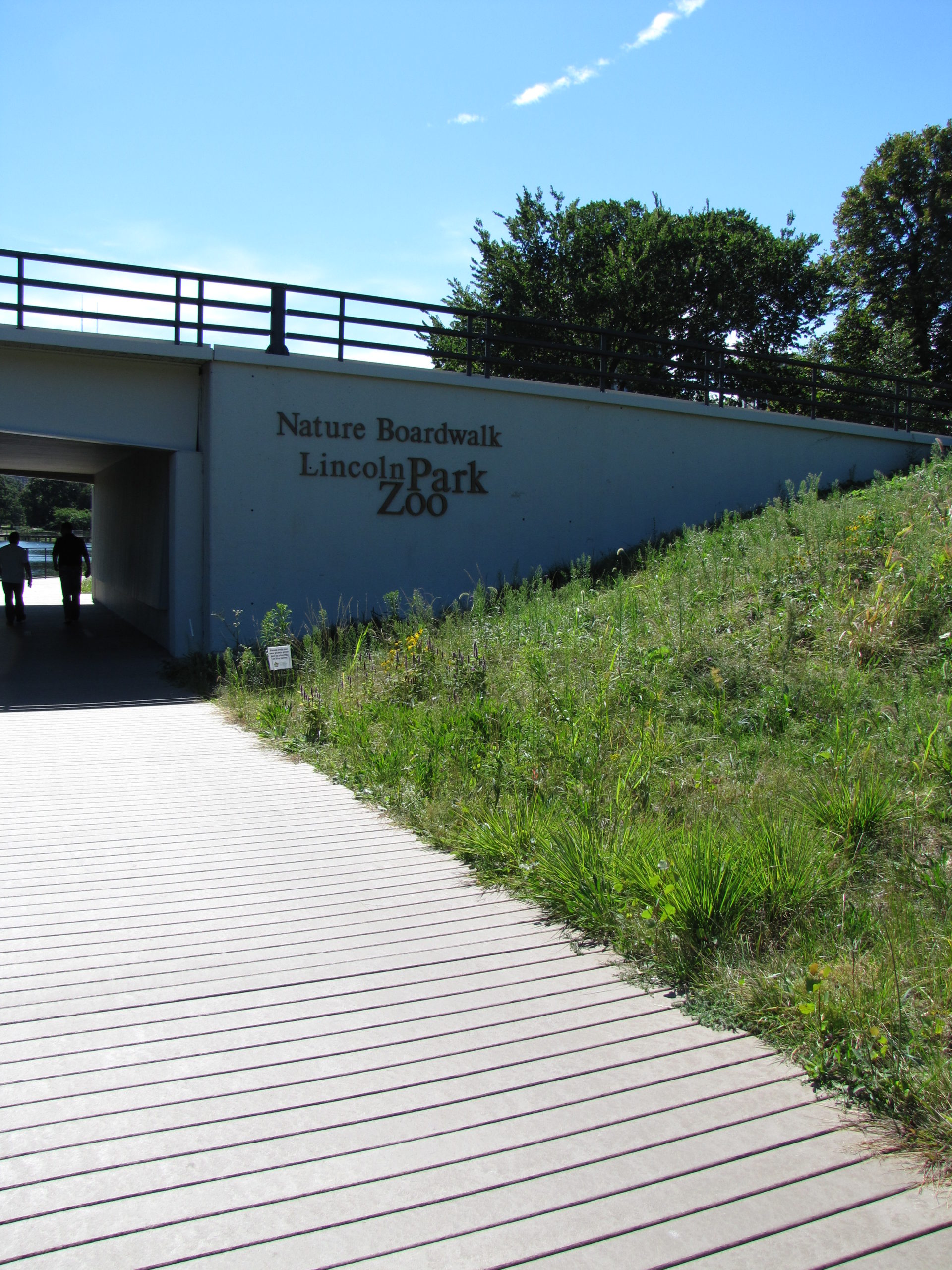How Zoos Can Use Recycled Plastic Lumber

A place where the public can learn about animals and the environment, zoos often seek to lead by example when it comes to conservation and recycling efforts. Challenges may arise, however, as they look at the eco-friendliness of the building materials they use all over the facility. The reality is that traditional materials often do not meet the sustainability standards that zoos aim to reach. In light of this, the utilization of plastic lumber can be an effective solution, as it contains recycled post-consumer waste and is recyclable itself. It is also very practical and stands up to the demanding atmosphere of a zoo. Here’s how zoos can use recycled plastic lumber to serve a broad range of applications while lowering their environmental impact.
Animal Exhibits
Animal exhibits can benefit from plastic lumber due to its unique qualities. For one, it remains safe for animals over time because it does not harbor and give off harmful microorganisms, such as bacteria. It also does not bleed toxic chemicals, as plastic wood does not require painting, staining, or other treatments to produce color.
Furthermore, plastic lumber is durable and able to withstand the pounding that animals may exert on it, as well as weather exposure. These characteristics all come together to make it perfect for fences in and around the animal enclosures.
Visitor Amenities
Similar to its implementation in neighborhood parks, plastic wood is suitable to use in benches and tables as well as in trash and recycling bins around the zoo. Plastic lumber is not only eco-friendly, but it also resists color fading, splintering, and deterioration that could make the facilities appear less inviting or uncomfortable for visitors. This versatile material also emphasizes the need for environmental awareness and the broad potential of recycling efforts.
Structural Components
A zoo’s overall structural components also have space for plastic lumber applications.
As an example, this material is ideal for gates because it is sturdy and resistant to rotting and rusting, which wood and metal undergo as time passes.
Moreover, contractors can build the substructure and the top surface boards of decks and boardwalks with plastic lumber. Boardwalks made of plastic framing lumber offer high stability and support because plastic wood can have fiberglass mixed into it for extra strength.
With such an assortment of uses, plastic lumber is a viable option that helps zoos work toward their environmental efforts without sacrificing quality. If you are thinking about improving sustainability with this innovative material, Tangent Materials is the best place to start.












